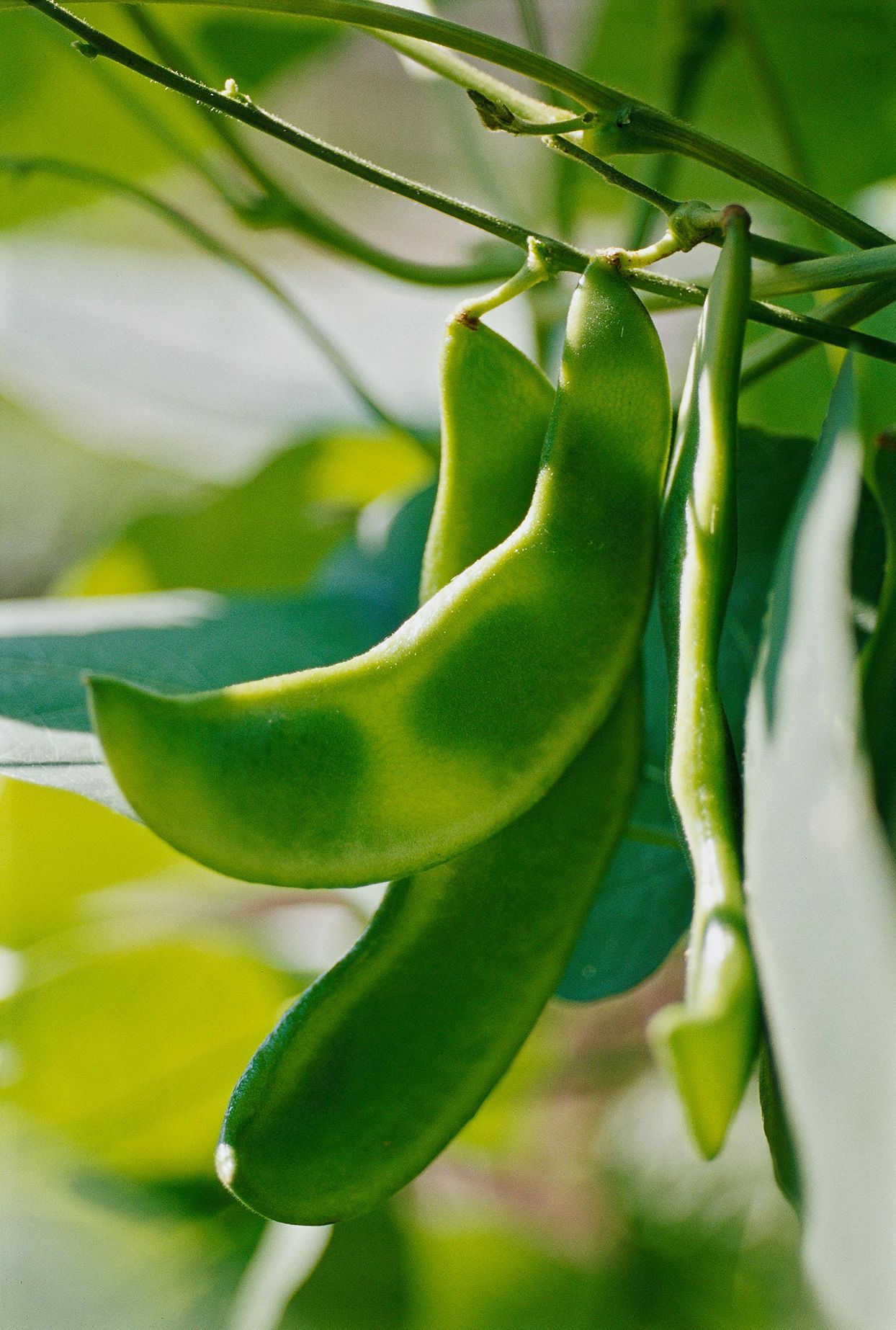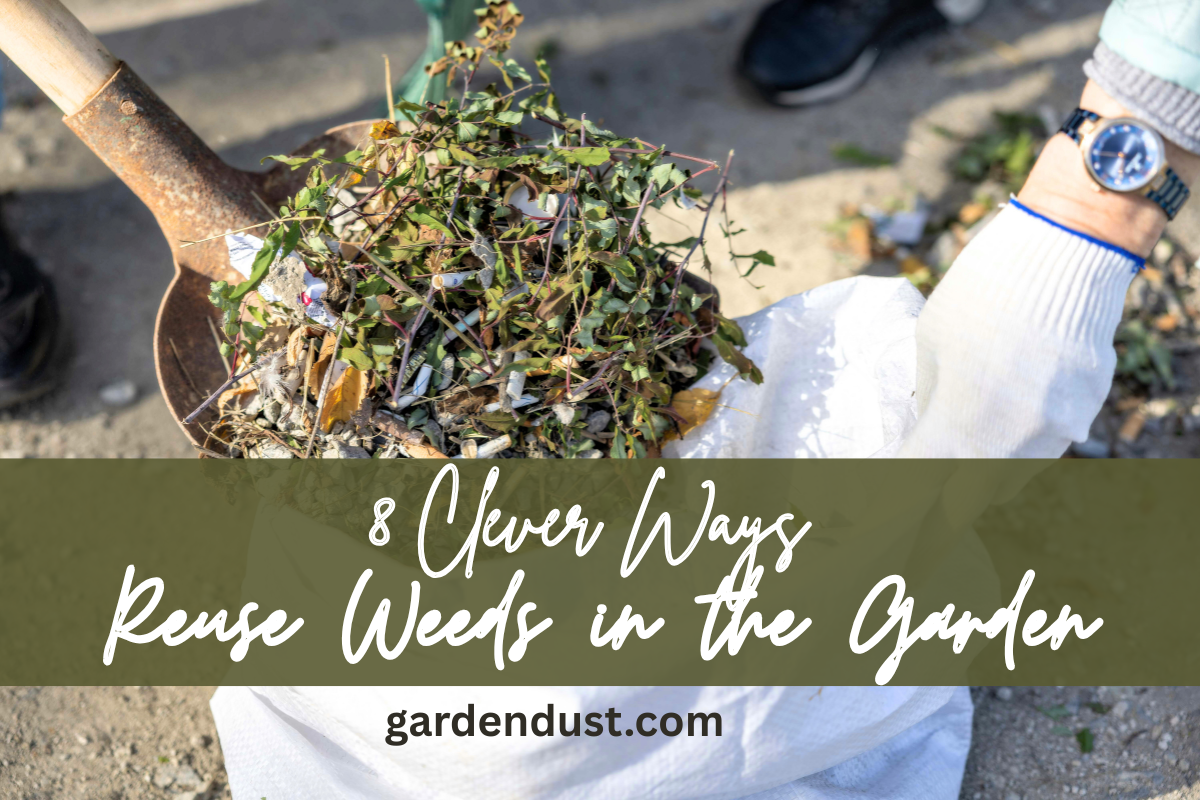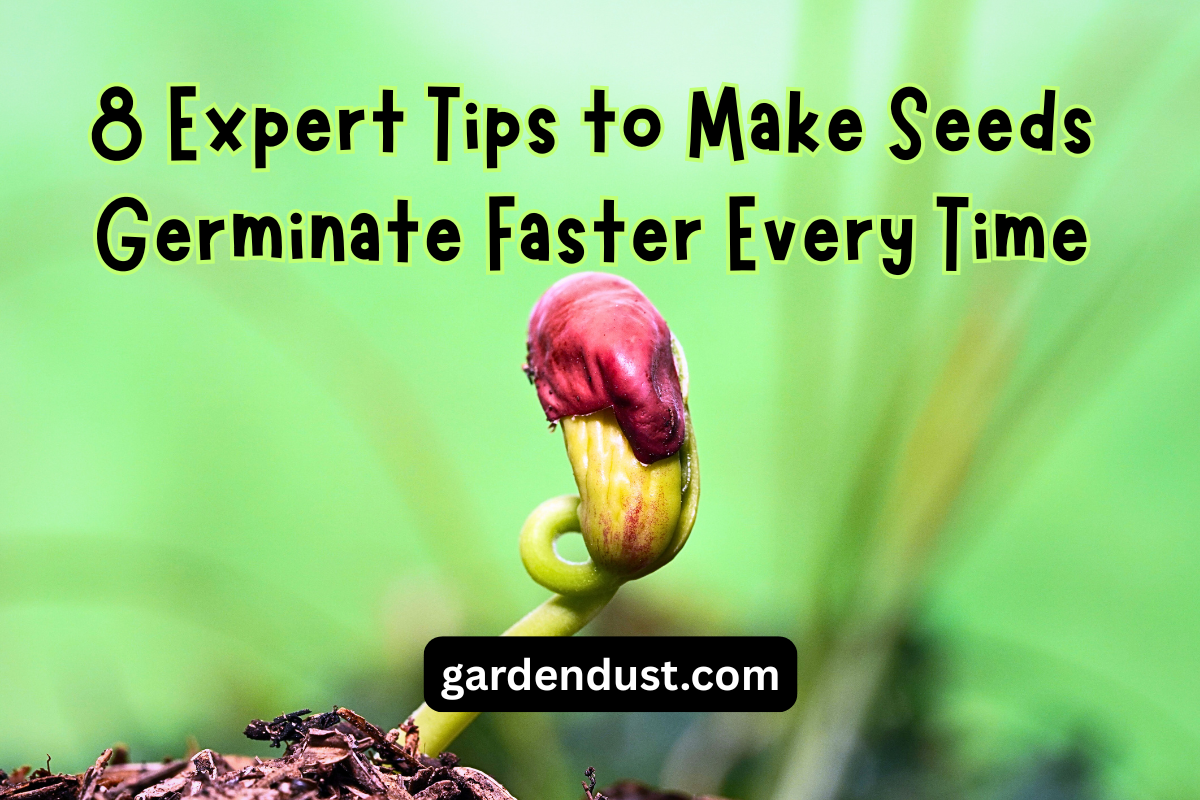Growing Lima Beans
Phaseolus lunatus
A comprehensive guide to cultivating these nutritious and delicious legumes in your garden
About Lima Beans
Lima beans, also known as butter beans or chad beans, are nutritious legumes native to Central and South America. They’re packed with protein, fiber, minerals, and antioxidants, making them a valuable addition to any garden and diet.
With their flat, kidney-shaped appearance and creamy texture when cooked, lima beans are versatile in the kitchen and relatively easy to grow given the right conditions.
Quick Facts
- Botanical name: Phaseolus lunatus
- Family: Fabaceae
- Plant type: Annual
- Maturity time: 60-90 days from planting
- Growth habit: Bush or climbing varieties available
- USDA Hardiness Zones: 2-11
:strip_icc()/lima-beans-phaseolus-lunatus-5e580016-baba992eecea4fe5a706e67165f81130.jpg)
Lima bean plant with green pods
Lima Bean Growth Stages
Germination
Seeds germinate in 7-18 days when soil temperature is at least 65°F (18°C). Seedlings emerge with two cotyledons (seed leaves).

Days 1-18: Seed absorbs water, sprouts, and emerges from soil
Vegetative Growth
Plant develops true leaves and begins vigorous growth. Bush varieties reach 2-3 feet tall, while pole varieties can grow over 10 feet.

Days 18-45: Plant develops true leaves and establishes root system
Flowering & Fruiting
White or yellow flowers develop, followed by flat, curved pods. Each pod contains 2-4 kidney-shaped beans that mature in about 60-90 days.

Days 45-90: Plant flowers, develops pods, and matures beans
Planting Guide
When to Plant
- Wait until soil temperature is consistently above 65°F (18°C)
- Plant 2-3 weeks after the last spring frost date
- For extended harvest, plant successive crops every 2-3 weeks until 10-12 weeks before your first fall frost
- Start seeds indoors 3-4 weeks before outdoor planting date if your growing season is short
Growing Season Length
Bush varieties: 60-75 days
Pole varieties: 85-90 days
How to Plant
Planting Depth & Spacing
- Plant seeds 1-1.5 inches deep
- Space seeds 2-4 inches apart, then thin to 4-6 inches apart after germination
- Space rows 2-3 feet apart
Support Structures
- Bush varieties may need light staking when pods are heavy
- Pole varieties need sturdy trellises or supports 6-8 feet tall
Container Planting
- Choose containers at least 12 inches deep and wide
- Ensure containers have drainage holes
- Plant 4-6 seeds per 12-inch container, thinning to 2-3 plants
Pro Tip
Soak seeds overnight before planting to speed germination. For even better results, inoculate seeds with rhizobia bacteria to enhance nitrogen fixation.
Growing Requirements
Sunlight
Lima beans require full sun, at least 6-8 hours of direct sunlight daily. Inadequate sunlight results in leggy plants with poor yields.
Best performance: 8+ hours of full sun
Soil
Lima beans thrive in well-draining, fertile loam with pH between 6.0-6.8. They perform poorly in heavy clay soils that stay wet.
Ideal soil: Well-draining loam amended with compost
Water
Consistent moisture is crucial, especially during flowering and pod development. Provide 1-1.5 inches of water weekly.
Critical periods: Flowering and pod formation
Temperature
Lima beans prefer warm conditions between 70-80°F (21-27°C). Growth slows below 60°F (15°C), and plants can be damaged by frost.
- Minimum soil temperature for germination: 65°F (18°C)
- Optimal growing temperature: 70-80°F (21-27°C)
- Maximum temperature (flower drop occurs): Above 90°F (32°C)
Fertilizer
As nitrogen-fixing legumes, lima beans generally don’t need nitrogen fertilizer. However, a balanced approach helps maximize yields.
Before Planting
Incorporate 2-3 inches of compost into soil. If soil is poor, add a balanced, low-nitrogen fertilizer (5-10-10).
During Growth
Side-dress with compost mid-season for pole varieties with longer growing seasons.
Avoid excess nitrogen fertilizer, which promotes foliage growth at the expense of pod production.
Popular Lima Bean Varieties
Lima beans come in both bush and pole varieties, with different sizes, colors, and growing requirements. Here are some popular options to consider for your garden:
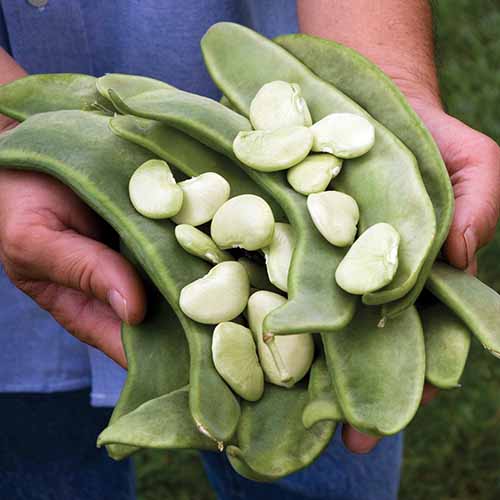
Fordhook 242
Bush Type | 75 days to maturity
Popular bush variety with excellent heat tolerance. Produces medium-large, buttery beans. Good choice for cooler climates.
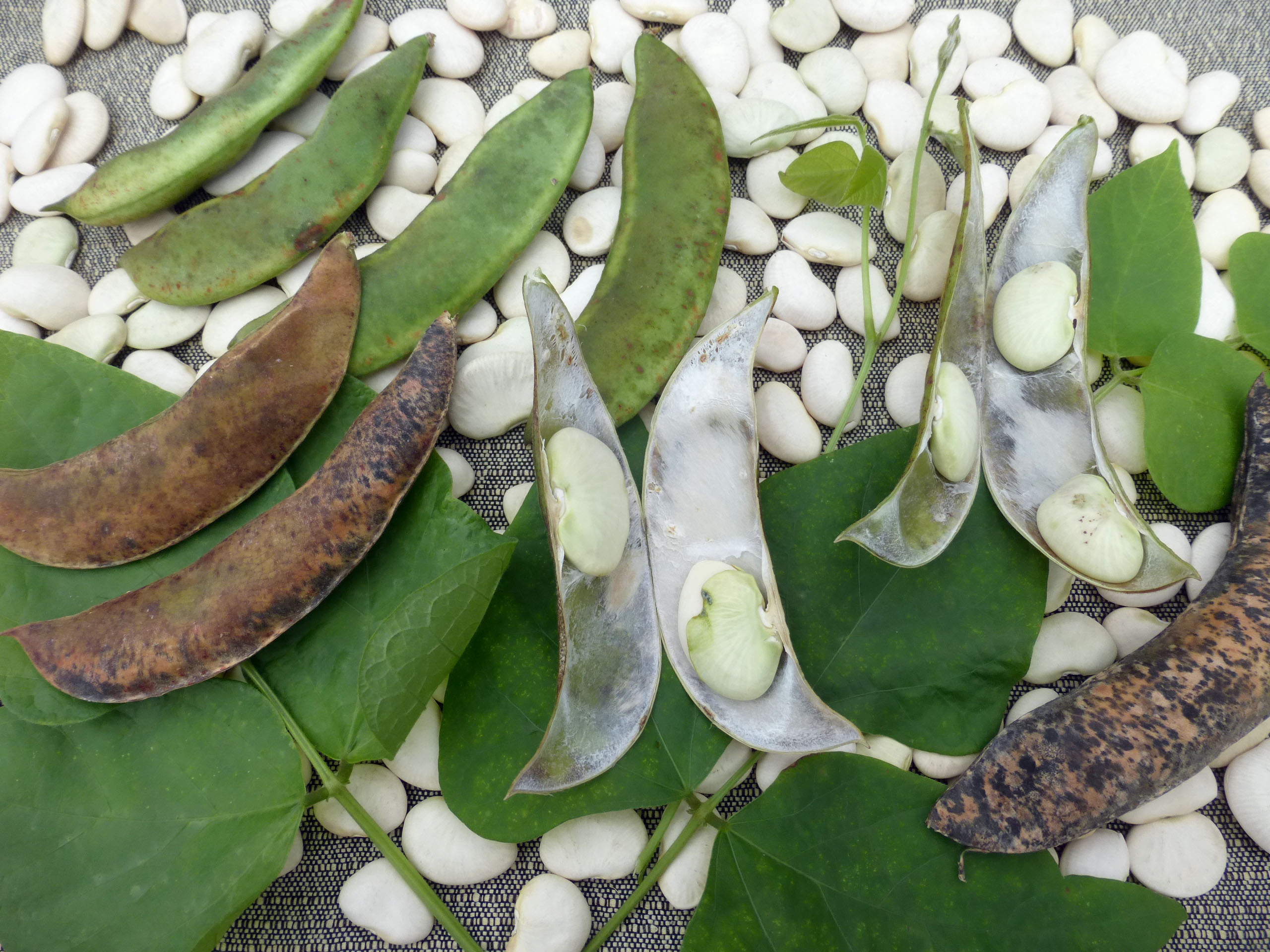
King of the Garden
Pole Type | 85-90 days to maturity
Classic pole variety that produces large white beans over a long season. Vines grow 8-10 feet tall and need support.

Christmas
Pole Type | 90 days to maturity
Heirloom variety with distinctive burgundy and white speckled beans. Has a chestnut-like flavor and creamy texture.
:max_bytes(150000):strip_icc()/Lima-Beans-GettyImages-92385531-59c14d28af5d3a0010abf682.jpg)
Henderson’s Bush
Bush Type | 65 days to maturity
Early-maturing heirloom with small white beans. Prolific producer even in challenging conditions. Great for shorter growing seasons.
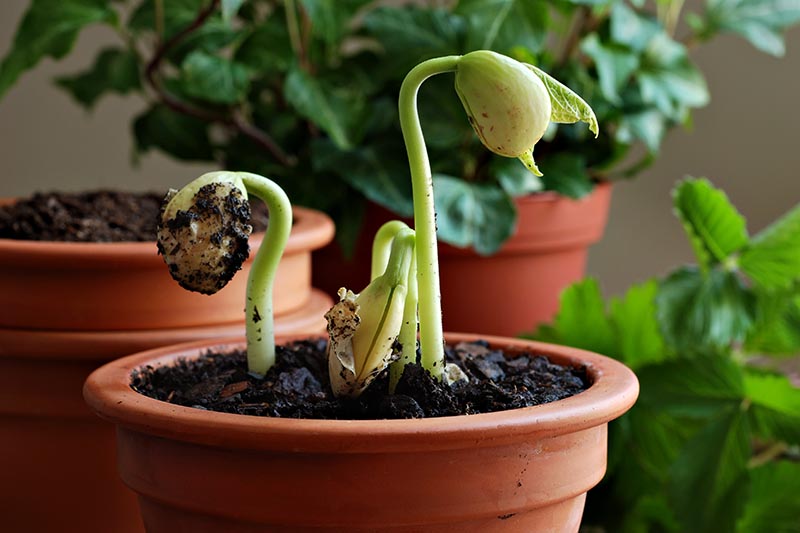
Jackson Wonder
Bush Type | 66 days to maturity
Drought-resistant heirloom with buff-colored beans speckled with burgundy. Excellent heat tolerance and good for southern gardens.

Thorogreen
Bush Type | 65 days to maturity
Early baby lima variety that stays green even when dried. Compact plants are productive and heat tolerant with small, tender beans.
Choosing the Right Variety
Consider Your Climate
- Shorter growing seasons: Choose early-maturing bush varieties
- Hot climates: Select heat-tolerant varieties like ‘Jackson Wonder’
- Humid areas: Choose varieties with disease resistance
Consider Your Space
- Limited space: Choose bush varieties
- Vertical gardening: Pole varieties work well on trellises
- Containers: Compact bush varieties like ‘Henderson’s Bush’
Common Pests & Diseases
While lima beans are relatively hardy, they can face several challenges from pests and diseases. Here’s how to identify and manage common problems:
Common Pests
Bean Beetles (Mexican Bean Beetle & Bean Leaf Beetle)
These beetles chew holes in leaves, reducing plant vigor and yield.
Management:
- Hand-pick beetles and eggs from undersides of leaves
- Use row covers during early growth
- Apply neem oil or insecticidal soap
- Encourage beneficial insects like ladybugs
Aphids
Small, soft-bodied insects that cluster on new growth and suck plant sap.
Management:
- Spray plants with strong water stream to dislodge
- Apply insecticidal soap or neem oil
- Release ladybugs or lacewings as predators
- Control ant populations that protect aphids
Pod Borers
Larvae that bore into pods and feed on developing beans.
Management:
- Monitor plants regularly for eggs and early infestations
- Apply Bacillus thuringiensis (Bt) for caterpillar control
- Use row covers until flowering
- Practice crop rotation
Common Diseases
Root Rot
Fungal disease that causes roots to rot in wet soil, leading to wilting and plant death.
Management:
- Ensure well-draining soil
- Avoid overwatering
- Rotate crops
- Plant in raised beds in areas with heavy soil
Powdery Mildew
White, powdery fungal growth on leaves that reduces photosynthesis and yield.
Management:
- Space plants for good air circulation
- Water at the base of plants, avoiding leaves
- Apply fungicide or a baking soda solution (1 tsp per quart of water)
- Remove and destroy infected plant parts
Bacterial Blight
Causes water-soaked spots on leaves that turn brown, often with yellow halos.
Management:
- Use disease-free seeds
- Practice crop rotation (3-year minimum)
- Avoid working with plants when wet
- Remove and destroy infected plants
- Apply copper-based fungicides preventatively
Prevention Is Key
Cultural Practices
- Rotate crops annually
- Clean tools between gardens
- Remove plant debris after harvest
- Use disease-resistant varieties when available
Garden Health
- Maintain proper spacing for airflow
- Water at plant base, not on foliage
- Keep garden clean of debris
- Encourage beneficial insects with companion plants
Harvesting & Storage
When to Harvest
Harvest timing depends on whether you want fresh “green” lima beans or dried beans for storage:
Fresh “Green” Lima Beans
- Harvest when pods are plump and firm, but before they begin to yellow
- Beans inside should be well-formed but still tender
- Bush types ready in 60-75 days; pole types in 85-90 days
Dried Beans
- Allow pods to dry completely on the vine until brittle
- Beans inside should be hard
- Harvest before fall rains to prevent mold

Mature lima bean pods ready for harvest
Harvesting Technique & Storage
How to Harvest
- Hold the vine with one hand and carefully pull or cut off pods with the other
- Pick regularly to encourage continued production
- Harvest in the morning after dew has dried but before heat of day
- For seed saving, select pods from healthiest plants
Important Note
Never eat lima beans raw. Always cook thoroughly to neutralize the natural compounds (cyanogenic glycosides) that can be toxic.
Storage Options
Fresh (Unshelled)
Store in perforated plastic bags in refrigerator for up to 1 week. Do not wash before storing.
Fresh (Shelled)
Refrigerate for 2-3 days maximum. For longer storage, blanch and freeze.
Freezing
Shell beans, blanch for 2-3 minutes, cool quickly in ice water, drain, package in freezer containers. Good for up to 6 months.
Dried Beans
Ensure beans are completely dry. Store in airtight containers in a cool, dark place for up to 2 years. Add oxygen absorbers for longest shelf life.
Canning
Lima beans must be pressure canned due to their low acidity. Follow USDA guidelines for safe canning.
Companion Planting
Strategic planting can improve your lima bean crop health, deter pests, and maximize garden space. Here’s what to plant with (and away from) your lima beans:
Good Companions
-
Corn
Provides natural support for climbing lima beans and creates beneficial microclimate
-
Radishes
Deter cucumber beetles and grow quickly before lima beans need space
-
Cucumbers
Share similar growing requirements and benefit from nitrogen fixed by beans
-
Marigolds
Repel bean beetles and other pests with their strong scent
-
Summer Savory
Enhances growth and flavor while repelling bean beetles
Poor Companions
-
Onions, Garlic & Leeks
All alliums stunt bean growth due to antimicrobial compounds they release
-
Fennel
Secretes compounds that inhibit growth of most garden vegetables, including beans
-
Sunflowers
Release chemicals that can inhibit bean growth and compete for nutrients
-
Brassicas (Cabbage, Broccoli)
Heavy feeders that compete with lima beans for nutrients
-
Other Beans
Can compete for the same nutrients and attract the same pests and diseases
Three Sisters Planting
The Native American “Three Sisters” method combines corn, beans, and squash in a mutually beneficial relationship:
Corn
Provides natural support structure for climbing beans
Lima Beans
Fix nitrogen in soil that feeds corn and squash; stabilize corn stalks
Squash
Spreads along ground creating living mulch; large leaves shade soil and reduce weeds
Tips for Success
General Growing Tips
- Inoculate seeds with rhizobia bacteria to improve nitrogen fixation
- Plant succession crops every 2-3 weeks for continuous harvest
- Apply mulch to maintain even soil moisture and temperature
- Handle seedlings gently—lima beans dislike root disturbance
- Select appropriate varieties for your climate and growing season
Common Mistakes to Avoid
- Planting too early in cold soil (leads to rot and poor germination)
- Overwatering, especially in heavy soils (causes root rot)
- Using high-nitrogen fertilizers (promotes foliage at expense of pods)
- Harvesting too late (beans become tough and starchy)
- Working with wet foliage (spreads disease)
Troubleshooting Common Issues
Poor Germination
Likely causes: soil too cold, seeds too old, or soil too wet. Solution: Wait for warmer soil temperatures and ensure well-draining soil.
Yellowing Leaves
Likely causes: overwatering, nutrient deficiency, or disease. Solution: Check drainage, consider light fertilization with balanced nutrients, inspect for diseases.
Flowers But No Pods
Likely causes: temperature extremes, insufficient pollination, or excess nitrogen. Solution: Provide shade during extreme heat and ensure proper nutrient balance.
Stunted Growth
Likely causes: compacted soil, poor nutrition, or planting near incompatible plants. Solution: Improve soil structure with compost and check companion planting.
Lima Beans: A Rewarding Addition to Your Garden
Growing lima beans rewards gardeners with nutritious, versatile legumes that improve soil health through nitrogen fixation. With proper timing, care, and attention to their needs, you’ll enjoy a bountiful harvest of these delicious beans.
Whether you choose bush varieties for containers and small spaces or pole varieties for vertical gardening, lima beans make an excellent addition to any vegetable garden.
Remember that patience is key—lima beans need warm soil and a relatively long growing season to reach their full potential. The reward is well worth the wait!. Happy Gardening…
